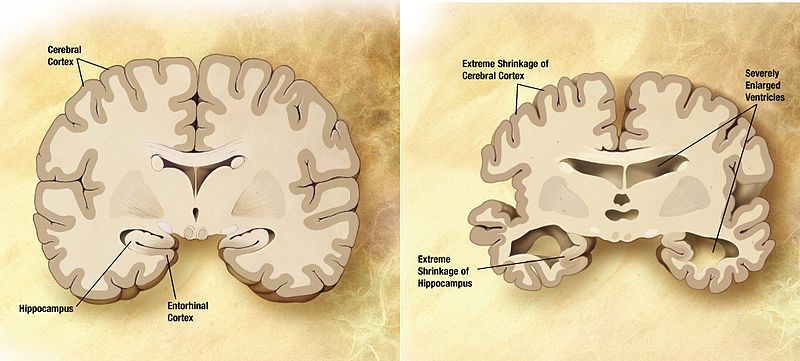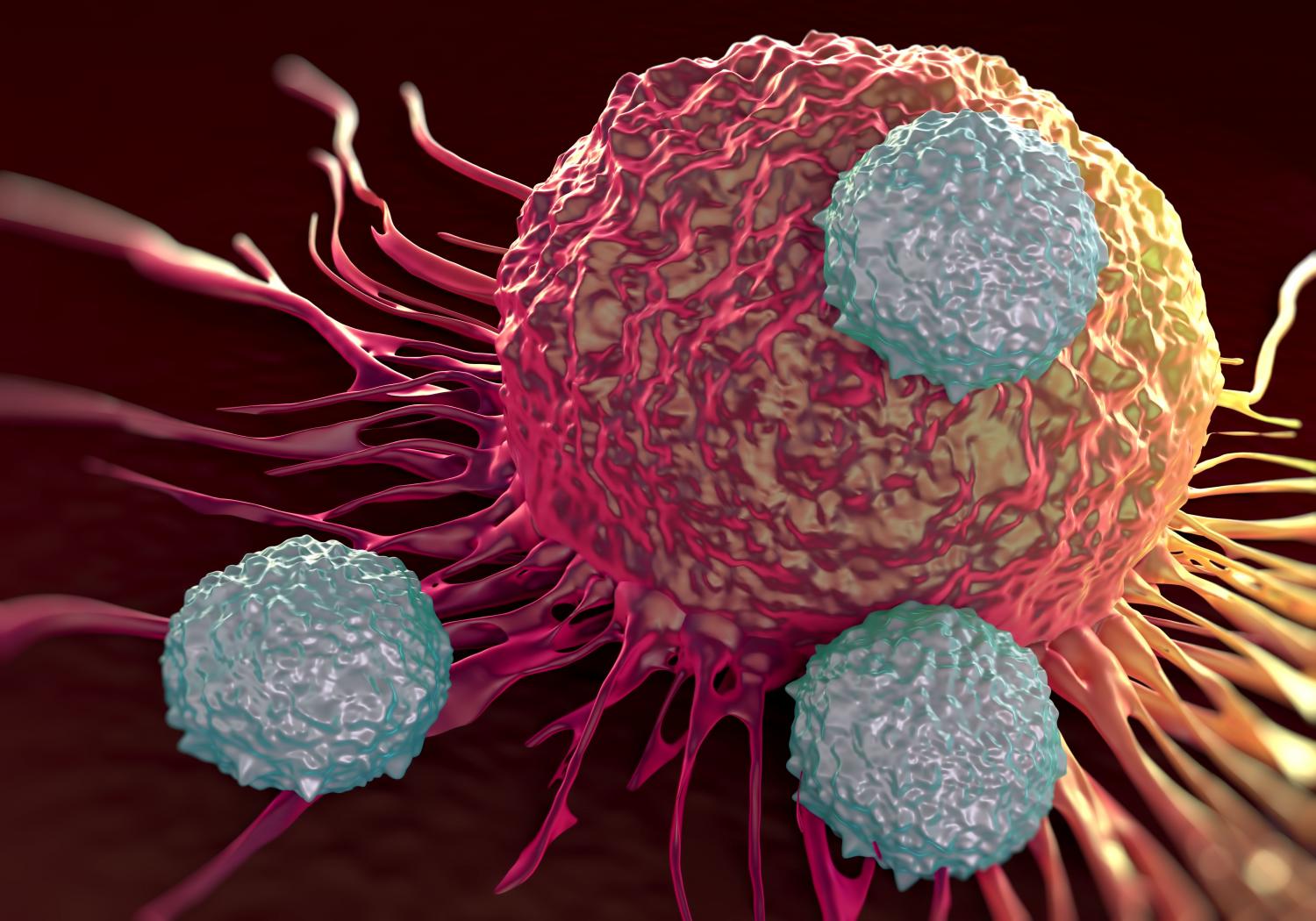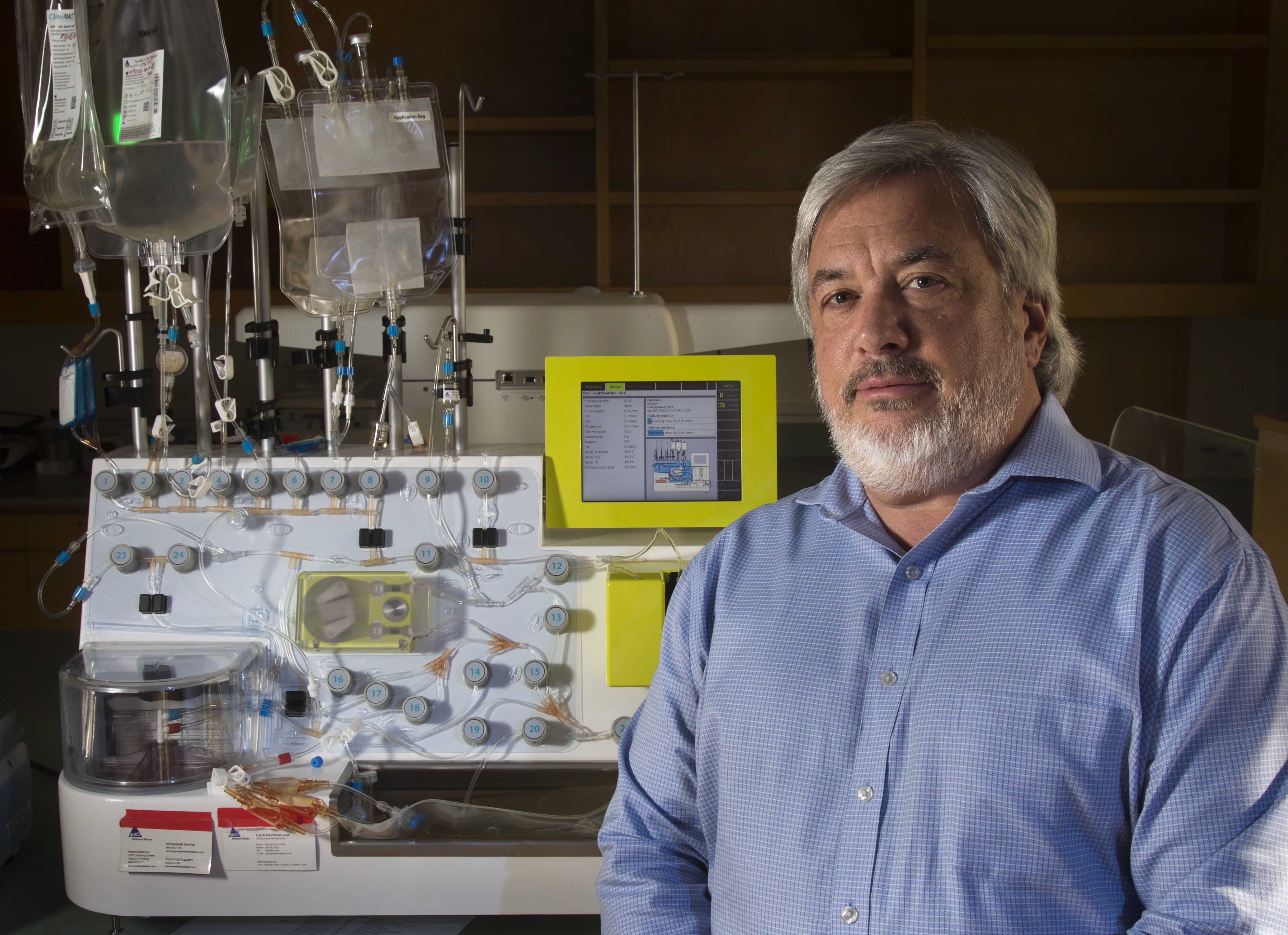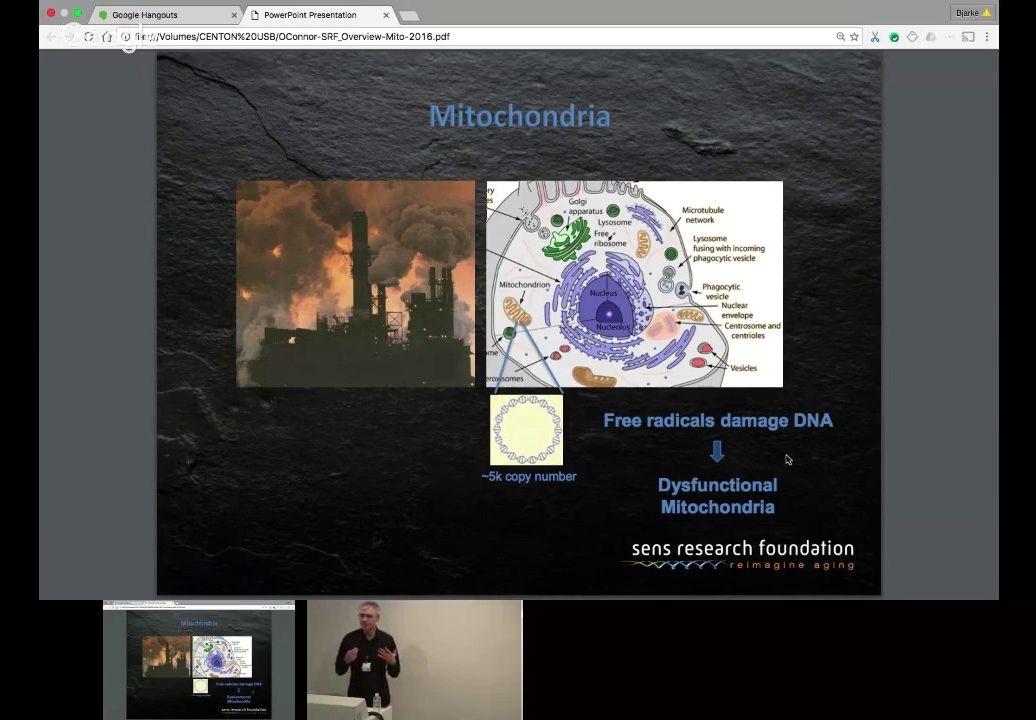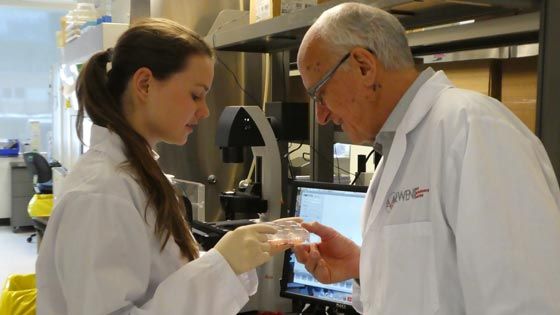Dec 21, 2016
Piperlongumine as a Senolytic Drug Candidate with Fewer Side-Effects
Posted by Steve Hill in categories: biotech/medical, health, life extension
Senescent cell removal is the first true rejuvenation therapy to treat one of the aging processes and with human clinicial trials in the next 18 months these are some very exciting times. Here is yet another study showing natural compounds can be used in combination with drugs to kill senescent cells.
Today’s open access research paper outlines the discovery of yet another new candidate drug for the selective destruction of senescent cells. This is an increasingly popular research topic nowadays. Senescent cells perform a variety of functions, but on the whole they are bad news. Cells become senescent in response to stresses or reaching the Hayflick limit to replication. They cease further division and start to generate a potent mix of signals, the senescence-associated secretory phenotype or SASP, that can provoke inflammation, disarray the surrounding extracellular matrix structures, and change behavior of nearby cells for the worse. Then they destroy themselves, or are destroyed by the immune system — for the most part at least. This is helpful in wound healing, and in small doses helps to reduce cancer incidence by removing those cells most at risk of becoming cancerous. Unfortunately a growing number of these cells linger without being destroyed, more with every passing year, and their presence eventually causes significant dysfunction. That in turn produces age-related disease, frailty, and eventually death. Senescent cells are not the only root cause of aging, but they provide a significant contribution to the downward spiral of health and wellbeing, and even only their own would eventually produce death by aging.
The beneficial aspects of senescent cells seem to require only a transient presence, so the most direct approach to the problem presented by these cells is to destroy them every so often. Build a targeted therapy capable of sweeping senenscent cells from tissues, and make it efficient enough to keep the count of such cells low. That is the way to prevent senescent cells form contributing to age-related disease. Working in mice, researchers have produced results such as functional rejuvenation in aged lungs and extended life span through the targeted destruction of senescent cells. Since perhaps only a few percent of the cells in old tissue are senescent, this targeted destruction can be accomplished with few side-effects beyond those generated by off-target effects of the medication itself.
Continue reading “Piperlongumine as a Senolytic Drug Candidate with Fewer Side-Effects” »

